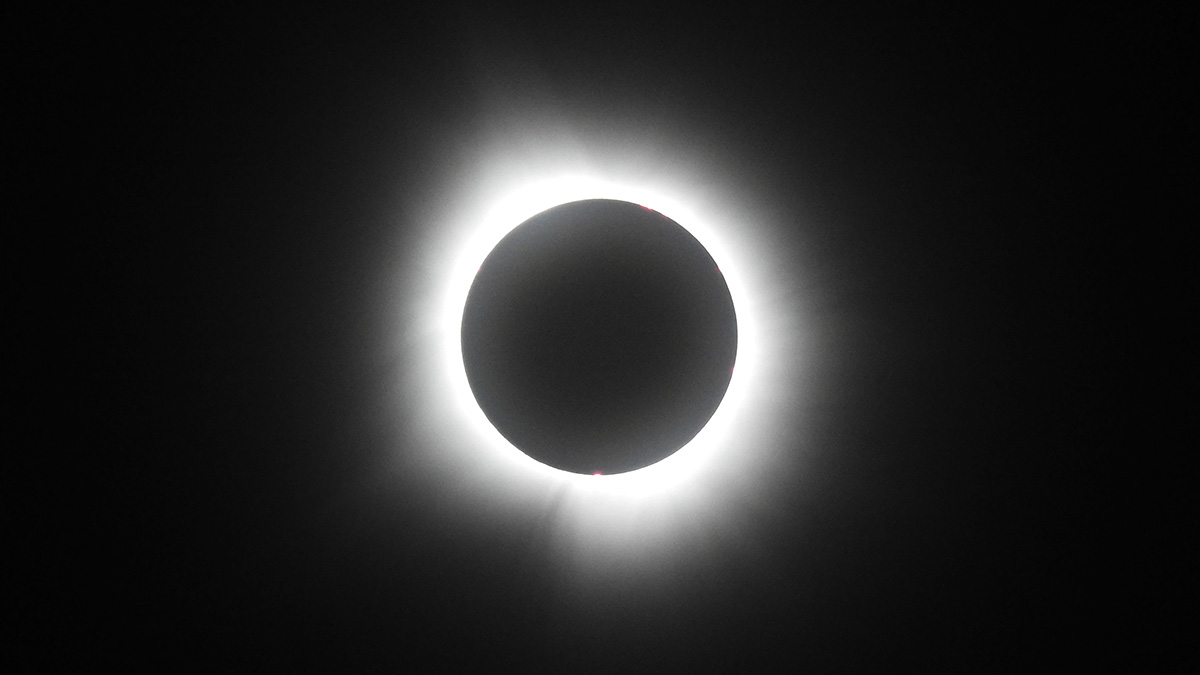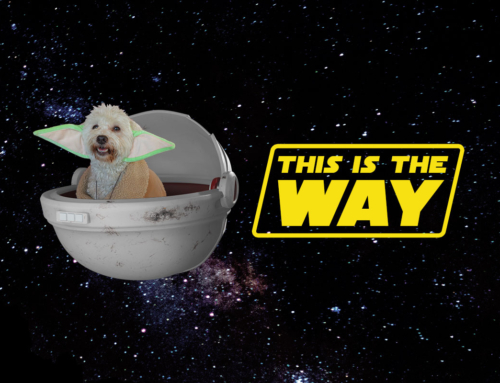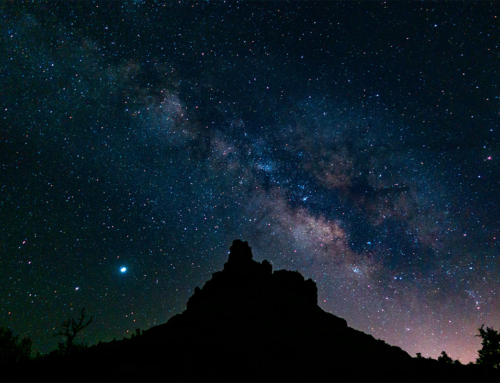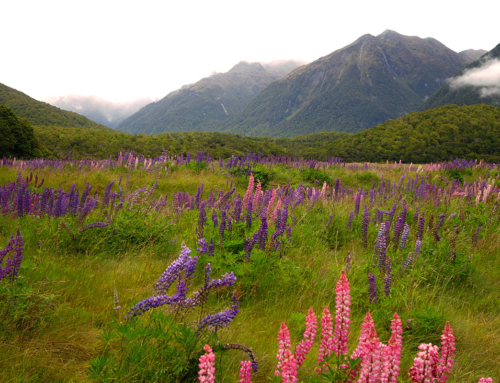About the Project
While living in Phoenix, the dark skies of the southwest got me hooked on astrophotography. Unfortunately at the time, I wasn’t near the path of totality for the 2017 solar eclipse, but I was determined to witness the 2024 eclipse.
After moving to Tampa Bay, I still was nowhere the path of totality for 2024. But thankfully, my parents still own property in Indiana where I grew up, which was sitting directly in the path. My family and I started making plans a few years in advance to guarantee we wouldn’t miss this eclipse.
Prep
I read articles and watched countless YouTube tutorials on how to photograph an eclipse. I practiced shooting the sun and moon with my brother’s Nikon Coolpix P900. I chose this camera for the eclipse because of its awesome zoom capability and ease of use. I bought our eclipse glasses a couple years in advance to ensure we weren’t scrambling last minute.
I used the app Solar Eclipse Timer to generate a list of timed intervals to shoot the eclipse from first to fourth contact. The apps Stellarium and Planit Pro helped me figure out the exact location in the sky of the eclipse.
I tracked the weather months in advance and studied historical cloud data for our location. Historically, Anderson, Indiana, only had a 40% chance of clear skies on April 8. The odds were not in our favor.
A few days before the big event, my family and I flew up to Indiana and anxiously awaited the big event. I kept my eye glued to the weather forecast, which initially indicated cloudy skies. But as we got closer to April 8, the forecast appeared to be clearing up.
The night before I could hardly sleep. I felt like a kid on Christmas Eve waiting for Santa!
The morning of April 8, the sky began to fill with clouds. This was going to be a nail biter. As I was setting up my camera equipment, the clouds began to dissipate. We were extremely fortunate to have clear views all the way from first contact to fourth!
I used the app Solar Eclipse Timer for audio cues signaling each contact and the start of totality.
To capture the pre- and post-totality shots, I used a Thousand Oaks brand solar filter on the P900. I kept the camera on auto for the entire shoot. I didn’t want to be fiddling with camera settings while trying to enjoy my first eclipse.
Strange Phenomena
As totality grew closer, the sky slowly darkened, and the atmosphere took on an eerie hue. It was a hot day, but the temperature dropped so much we almost needed jackets.
We saw a jet pass in front of the partially-obscured sun, and the jet’s shadow appeared in front of the jet, like the shadow was highlighting its projected path.
We decided to launch my DJI Mini 3 Pro drone to capture the change in our environment during totality. I’m so glad we did because the resulting video is incredible. You can see the sky darken and the house’s evening lights turn on. A 360 degree sunset appears at the horizon.
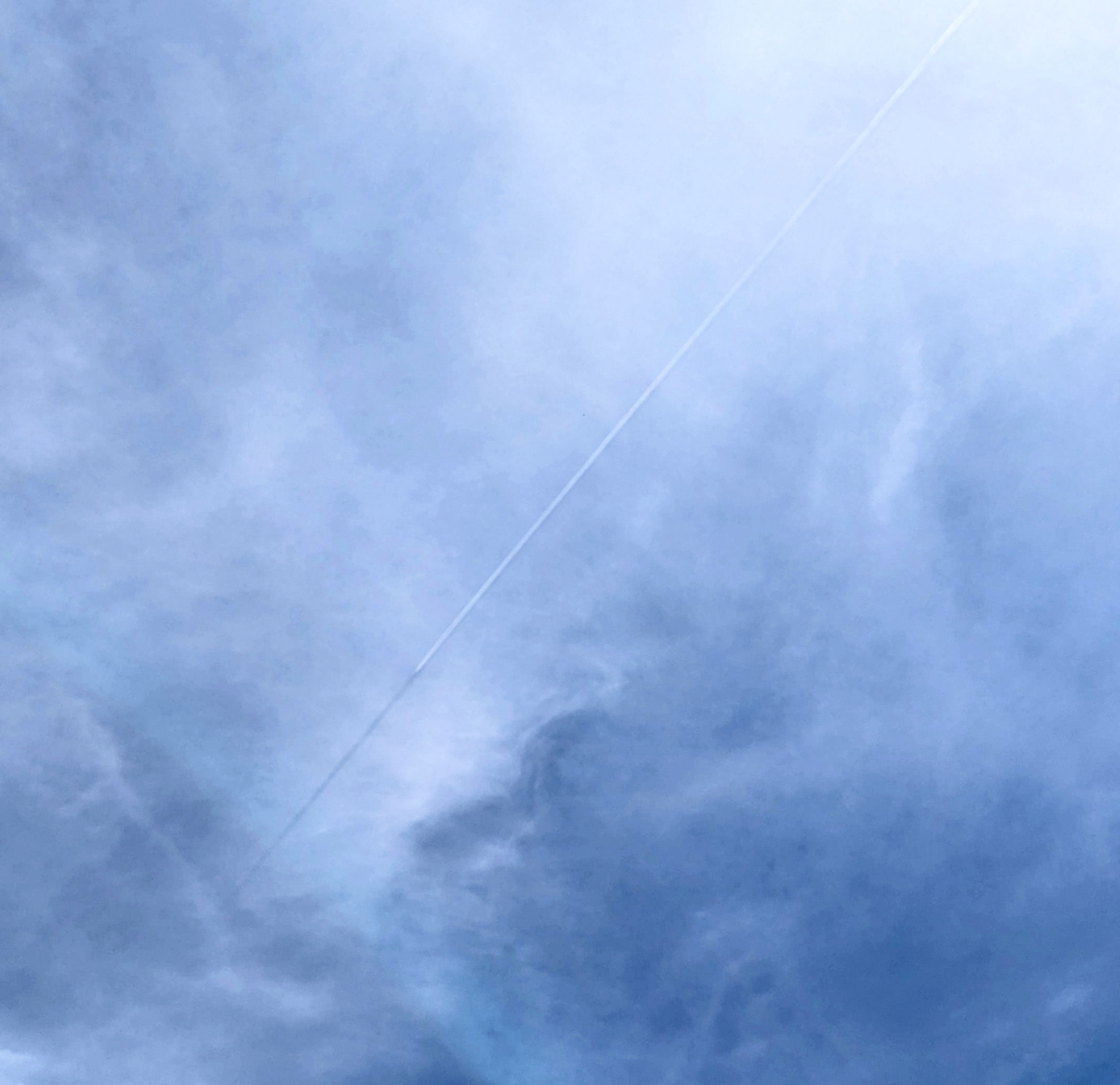
The jet’s shadow appears in front of it instead of behind
Totality
Totality was an otherworldly experience. Definitely worth all the hype! Cameras don’t fully capture the magical experience. The sun’s corona was breathtaking. Protruding rays appeared to be dancing, almost moving like lightning. The red prominences were gorgeous. It felt like we were viewing a portal to another dimension.
I’m now hooked on total solar eclipses! I can’t wait to start planning for the next one.

Total solar eclipse panorama created in Photoshop

